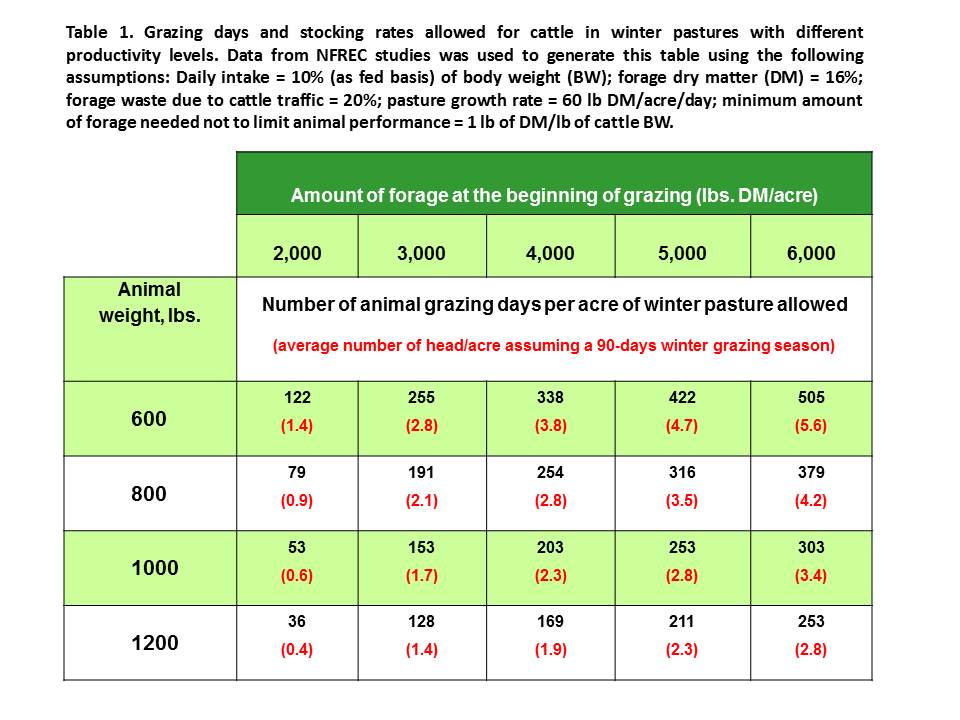Avoiding overgrazing of winter pastures
By this time of the year ranchers in the southeast have already made a decision on winter feeding and they are dealing with it, whether that decision was good or bad. Considering the typical choices in this region, the common options are: 1) Hay feeding on dormant warm season pastures (this could be done with or without grain or grain byproduct supplementation) or 2) grazing winter annuals planted either on a dormant sod or on a prepared seedbed. This article is aimed at those that chose option #2, a decision that probably took place back in the last months of 2013 if not earlier. However, if you are part of the group that decided to supplement cattle through the winter using hay and taking advantage of the decreased corn price that dragged slightly down the price of grain byproducts, do not hit the “delete” button jus yet… As each year is different, you may find yourself planting winter annuals in the next fall and may be interested in some of the considerations regarding overgrazing of winter pastures, which can be an expensive mistake.
Winter forage grazing is not inexpensive. The typical cost of annual forage seeds range from $13/acre for ryegrass to $36/acre for rye or triticale. Fertilizer ranges from $110 to $160/acre. Add in labor and fuel, and the total cost of winter pasture can range from $190 to $260 per acre. This type of investment in winter grazing must provide additional returns, such as labor savings, greater weight gains, and an extended grazing season. But in order to achieve that and “dilute” that investment over the entire winter, pastures need to be managed properly to avoid overgrazing, which can turn this winter feeding season into a very expensive one. Every year is different, and weather and management play a huge role in the success of the winter grazing season. Unlike some of our common warm season pastures, winter annuals typically do not tolerate overgrazing and, although we plant them to last only the winter, this period can be shortened to much less than 80 days, which means we may still need to buy hay or commodities, but now at a very expensive time of the year to do so.
Determining the correct stocking rate can be challenging considering the variables of the system: animal intake and forage available. Daily forage intake is a function of body weight and is very difficult to measure in grazing conditions. Forage available can be measured by clipping a known area of the pasture and drying the sample to a constant weight. From research conducted at the University of Florida NFREC, Table 1 was created to aid producers in planning their stocking rates properly to avoid overgrazing and maximize animal performance on winter annuals.

